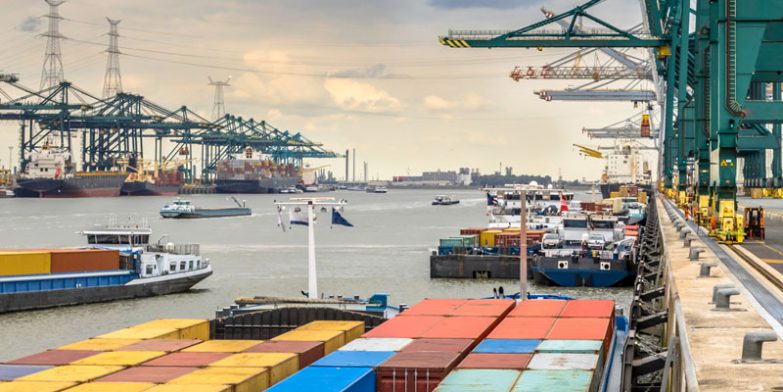
Demand for imports from Asia and the Indian subcontinent (ISC) continues to outstrip shipping line capacity and there are no signs that volumes will soften, maintaining pressure on global supply chain infrastructure that is already buckling.
Container ports are anticipating a spike in imports, as the backlog of cargo that built up in Yantian during the COVID-19 restrictions in May and June arrives, with the traditional peak season volumes that runs from August to October.
Peak season demand is further complicated, by the massive backlogs of unshipped containers in China and the ISC, with Yantian arguably experiencing the worst backlog, though vessels are also backed up in Shanghai and Ningbo.
An estimated 14,000 TEU of export containers are stuck at the main Bangladeshi port of Chittagong, owing to the capacity crunch involving feeder vessels and congestion feeding back from global ports, with some containers waiting to ship for up to 30 days.
Lines have not stopped taking bookings from Chittagong, but there is caution, in the absence of confirmation of space allocation on mother vessels at transhipment ports.
All the major shipping lines have very limited space from Indian ports, with waiting period to secure bookings increasing drastically over the past few weeks and contractual bookings not being honoured.
CMA-CGM has announced the blanking of their Europe Pakistan India Consortium, EPIC and EPIC2, sailings from Western India for week 29, and weeks 28 and 29 respectively.
In a worrying move for the three shipping alliances last week, the Biden administration called for the Federal Maritime Commission to crack down on excessive detention and demurrage charges, characterising the container freight industry as a foreign-owned, anticompetitive sector which can disadvantage American exporters and importers.
The White House order comes against a backdrop of skyrocketing freight rates, but the World Shipping Council, which represents the carriers, refuted the concept that the rate spike is connected to concentrated market share, noting that all available vessel capacity is deployed, ports are saturated with cargo and importers struggling to turn around containers.
It pointed to recent developments that indicate the functioning of a competitive ocean freight market, like new entrants, new services and massive vessel orders to increase supply.
Last week, the European Commission confirmed that it is “closely monitoring” the shipping industry and is looking into “any scope for intervention that can facilitate return to normal operations.”
We negotiate rate and volume agreements with a wide range of carriers across all three alliances, which means we can react quickly to market changes and offer shippers alternative services, in line with their deadlines.
Our fixed validity contracts provide supply chain security and peace of mind, but with space and equipment in such short supply, we recommend a minimum of four weeks visibility and booking window, to secure space on the vessel and get the right equipment positioned.





